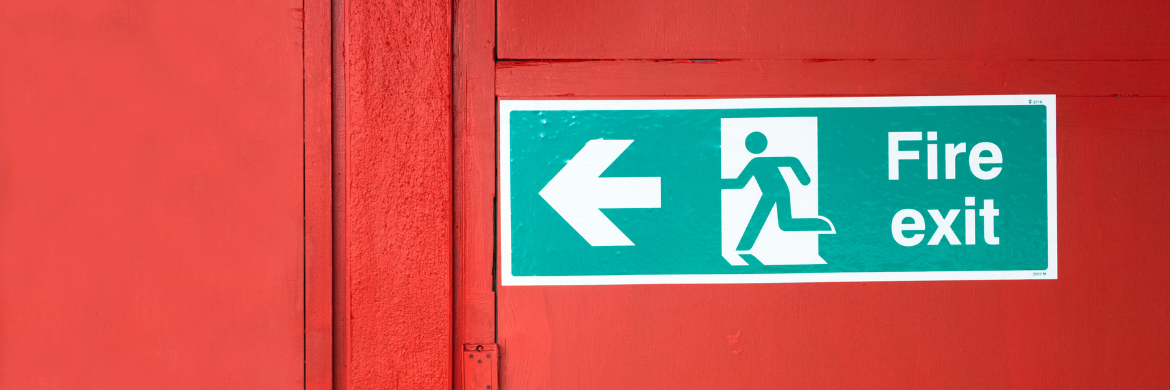Site Compliance in Licensed Venues
Site Compliance in Licensed Venues

Ensuring your venue is compliant with site safety and operational standards is crucial for the smooth and safer running of your business. We outline some key considerations to enhance safety, security, and efficiency.
Signage
Clear, legible signage is essential to guide patrons around your premises safely and effectively. In areas where lighting levels need to be reduced for operational purposes, illuminated signage is highly recommended. Key areas include:
- Entrances and exits
- Medical room/safe space
- Toilets
- Cloakroom
- Smoking area
Good signage minimises confusion and helps reduce congestion, as patrons can locate facilities without wandering around looking for friends or specific areas. Confused or lost patrons can exacerbate crowding, making it harder to manage flow effectively.
Staff Training
Regular training, briefings, and updates for staff are vital to ensure they fully understand and comply with your venue’s operating policies. Maintain an audit trail to document their training and understanding, which is useful for internal assessments and external inspections.
Policies for Keys and Access
Develop robust procedures for managing keys, security passes and corporate clothing, particularly during staff exit processes. Conduct formal exit interviews to recover these items and ensure they cannot be misused for criminal or malicious purposes.
Additionally, reconfiguring passwords or access codes should be standard practice when staff leave to maintain security.
Keyholders
Emergencies may require urgent access to your premises. Plan ahead by identifying out-of-hours keyholders who:
- Are trained to operate CCTV systems
- Can be contacted reliably
- Know how to manage urgent enquiries and initiate appropriate responses during emergencies
Opening and Closing Procedures
Conduct thorough searches of the premises both before opening and after closing to ensure:
- No unauthorised individuals are on-site
- Any items left behind by patrons, visitors, or delivery personnel are identified and addressed
Pay particular attention to potential hazards such as personal belongings, drugs, weapons, incendiary devices, fireworks, laser pens, aerosols, alcohol, or harmful substances like acid.
Communication Systems
For larger premises, a public address system is recommended for swift and effective communication, especially in emergencies. Smaller venues should establish and rehearse suitable communication methods to ensure all staff understand their roles and responsibilities in an emergency. Regular testing of emergency plans and communication systems is essential.
Site Risk Assessments
Conduct comprehensive risk assessments to address potential hazards, such as:
- Use of laminated or safety glass
- Balconies, mezzanine floors, and areas with floor-level differences, which must be equipped with railings or similar safeguards
- Use of barriers, netting, or screens in high-risk areas
Ensure routes remain clear with signage and regular staff checks, and that these areas are well-lit, equipped with suitable handrails, and monitored by CCTV where possible.
By implementing these measures, you can create a safer and more secure environment for your patrons and staff, ensuring your venue operates efficiently and remains compliant with regulations.
Further information around employee and customer protection and vulnerability is available within the Licensing SAVI assessment.